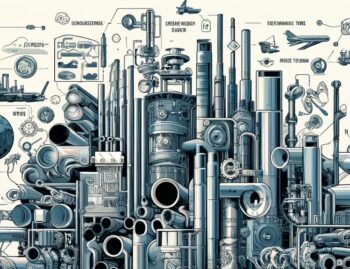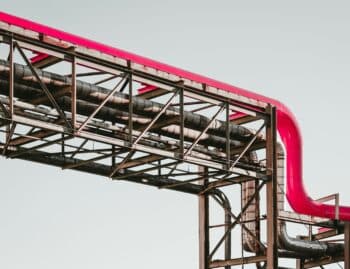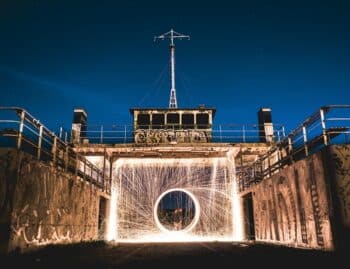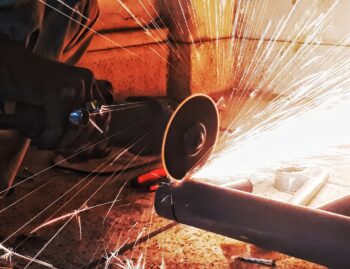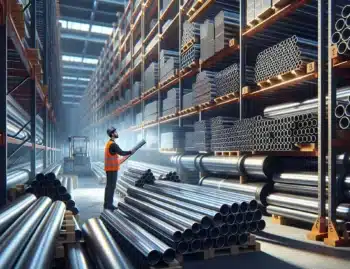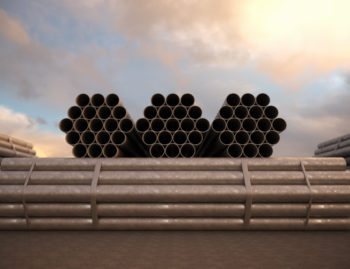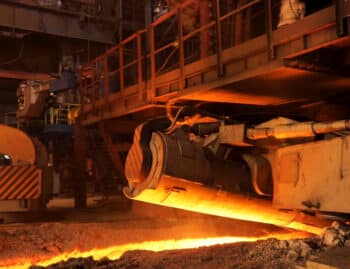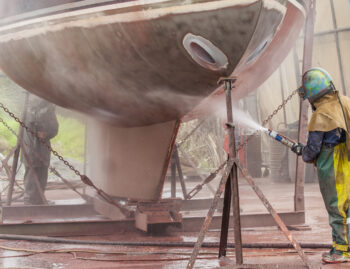
The development of steel structures in the United States is a history full of innovation. This article highlights some of the key periods that led steel to become one of the most widely used and respected material choices today.
What Is Steel?
Steel is an ideal building material for buildings, ships, cars, and bridges due to its sturdy and reliable nature. It’s easily adapted to otherwise harsh environments and climates like extreme heat or cold, which also makes it one of the top players for hot gas and chemical transport across the country and worldwide. These qualities make it the top runner for important projects and investments like governmental infrastructure.
Additionally, it’s one of the most affordable materials. Little maintenance is required, so the initial and long-term cost remains stable and inexpensive. You’ll often see it in a variety of designs. Its natural malleability means it can be easily shaped into whatever the consumer needs. Plus, it can be recycled and reused as needed once a project is finished.
What exactly makes steel so effective scientifically? This alloy made of iron and carbon and a few other elements is the perfect blend for ultimate strength. The carbon atoms come together to bind around the iron, giving it the extra rigidity and wear resistance everyone appreciates and recognizes.
Steel Has Been Used in American Architecture for Centuries
Steel has been used in American architecture and construction for over a hundred years. Its first appearance was in the 1850s when materials like cast iron were used to create famous buildings like the Crystal Palace in New York City. In the 19th century, after the Civil War, it became even more utilized in city infrastructure like skyscrapers and grand bridges.
During the war, it gained prominence for its construction of weapons, ammunition, shields, swords, rifles, and military supplies. It played a key role in the victory of the war and the future of industrial war supply operations.
Steel Became Even More Popular in the Early 20th Century
Since then, it’s gained even further popularity in residential structures. After World War II, premade steel frame structures were considered faster, more affordable, and more reliable.
Large buildings made from steel, later known as Quonset Huts, were used during the war as hideouts for soldiers. Due to their strength and low cost, more were quickly made for military purposes.
After the war came to an end, steel-based residential homes also became popular. Businesses and government officials even began replacing old buildings with steel structures, to help prevent issues like pest invasion and fires.
Today, Steel Is Still a Common Material in Construction Projects
Now, it is still chosen as a primary material in many projects, and more recently, in green initiatives and energy-efficient structures like solar panels.
There are also many more steel-based construction techniques than ever before. For example, prefabricated steel framing and modular steel buildings have boomed in the infrastructure industry. It involves the use of steel components, or sometimes fully pre-constructed steel buildings, that are ready-set to be installed in residential or commercial projects.
Steel-reinforced concrete is also on the rise. This is an extra-durable blend of concrete composite and steel bars or plates to reinforce the finished material, which is especially useful for bridges and large buildings.


